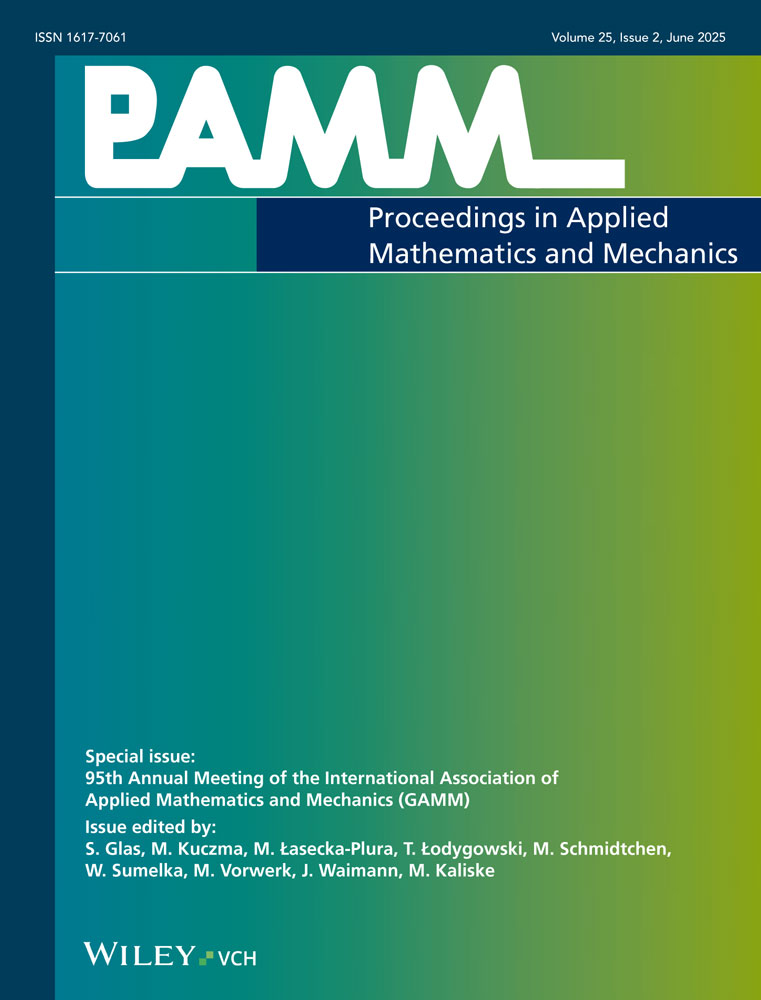Hysteresis Effects in Abrasive and Frictional Contacts
Abstract
Grinding is a very complex and high dynamical material removal process with stochastically distributed grain engagements and strong varying local contact conditions. Over a long time only macroscopic effects are analyzed and predicted by empirical relations. To understand the dynamical behavior also local effects must be considered.
Therefore, the local contact conditions and especially the time-dependent friction coefficient are analyzed. One detected effect is the dependency of the friction coefficient on the normal forces and on their time history, so a hysteresis loop occurs for increasing and decreasing values. With the force dependent friction coefficient local and dynamic effects are physically interpretable. In contrast, the global mean friction coefficient is constant over the entire force range which describes only quasi-stationary effects. (© 2012 Wiley-VCH Verlag GmbH & Co. KGaA, Weinheim)




